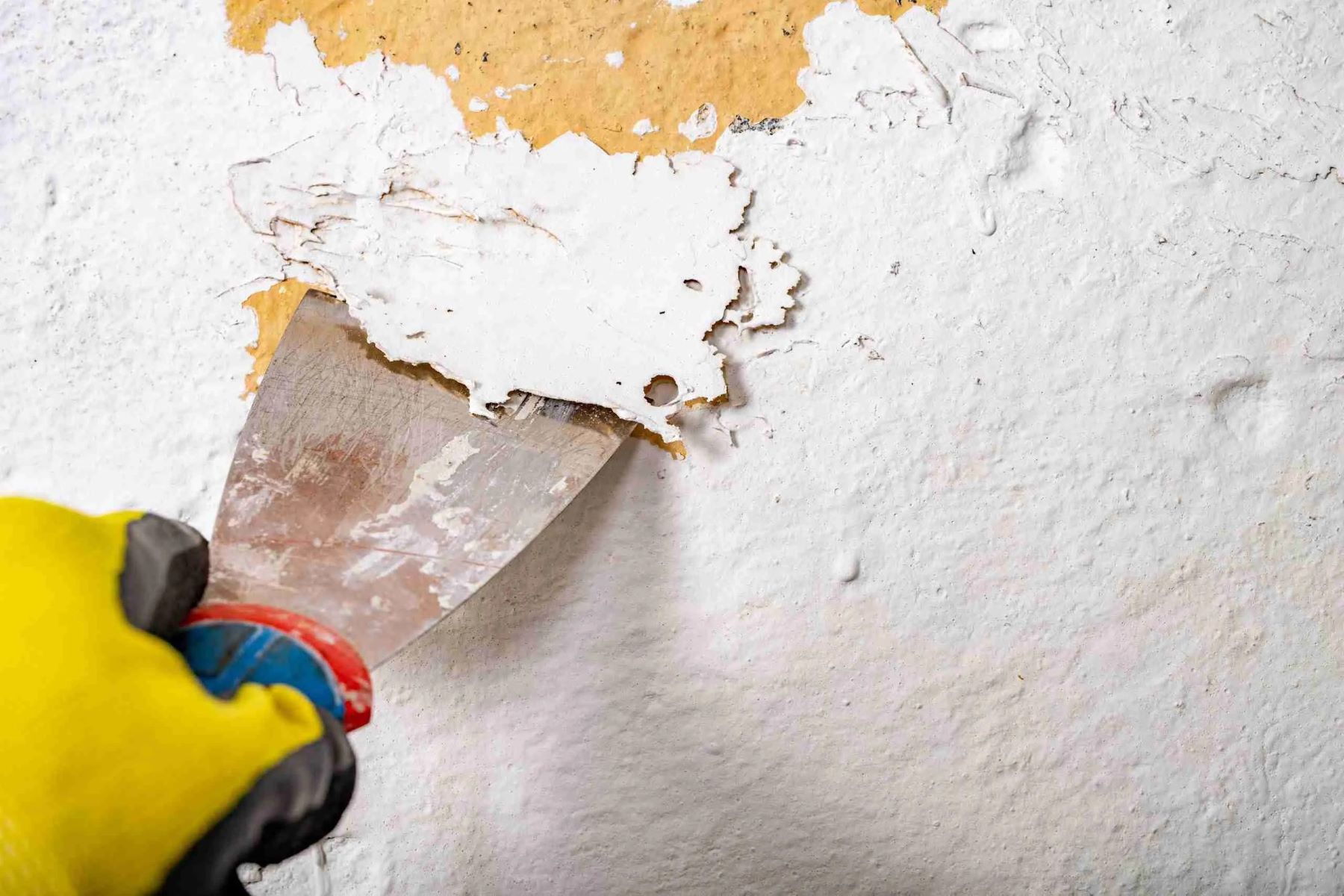

Articles
How To Get Paint Off Countertops
Modified: August 30, 2024
Discover effective ways to remove paint from your countertops with our comprehensive articles. Learn the best techniques and tips for a clean and scratch-free surface.
(Many of the links in this article redirect to a specific reviewed product. Your purchase of these products through affiliate links helps to generate commission for Storables.com, at no extra cost. Learn more)
Introduction
Welcome to our guide on how to effectively remove paint from countertops. Whether you accidentally splattered some paint during a home improvement project or purchased a second-hand countertop with an unsightly paint job, we have you covered. Removing paint from countertops may seem like a daunting task, but with the right methods and tools, it can be relatively easy and stress-free.
Paint can adhere to countertops made from various materials such as laminate, granite, quartz, or even wood. Each surface requires a specific approach to remove the paint without causing any damage. In this article, we will explore five different methods you can use to get paint off countertops, ensuring a clean and restored surface.
Before diving into the methods, it’s crucial to note that the best approach depends on the type of paint, the countertop material, and the extent of the paint spill. It’s always a good idea to test any product or method on a small, inconspicuous area first to ensure it won’t harm the surface.
Let’s begin exploring the different methods for removing paint from countertops.
Key Takeaways:
- Easily remove paint from countertops using methods such as paint stripper, acetone, heat, vinegar, or a magic eraser. Always test on a small area first to avoid damage to the surface.
- Restoring your countertops to their original beauty is achievable with the right tools and methods. Whether it’s dried-on paint or small stains, there’s a solution for every situation.
Read more: How To Get Rust Off Countertops
Method 1: Using a Paint Stripper
If you’re dealing with a stubborn and dried-on layer of paint on your countertop, using a paint stripper can be an effective method. Paint strippers are chemical solutions specifically designed to break down and remove paint from various surfaces.
Before you begin, make sure you’re working in a well-ventilated area and wearing protective gloves and eyewear to prevent any potential chemical exposure. Here’s how to use a paint stripper to remove paint from countertops:
- Start by applying a thick coat of paint stripper onto the painted area. Follow the manufacturer’s instructions for application, as different products may have specific requirements.
- Cover the painted area with a plastic sheet or cling wrap to prevent the stripper from drying out too quickly. This allows the stripper to penetrate the paint and soften it for easier removal.
- Leave the paint stripper on the countertop for the recommended amount of time specified on the product instructions. This usually ranges from 15 minutes to an hour, depending on the type and thickness of the paint.
- Use a plastic scraper or a putty knife to gently scrape away the softened paint. Be careful not to apply too much pressure or use sharp tools that could scratch or damage the countertop surface.
- Once you’ve removed the majority of the paint, wipe down the countertop with a clean cloth soaked in warm soapy water to remove any residue from the paint stripper.
- Finally, rinse the countertop with clean water and dry it thoroughly with a towel.
It’s important to note that some paint strippers may not be suitable for certain countertop materials, such as laminate or certain types of stone. Always check the product instructions and consider consulting a professional if you’re unsure about using a paint stripper on your specific countertop surface.
Now that you know how to use a paint stripper, let’s move on to our next method – using acetone or nail polish remover to remove paint from countertops.
Method 2: Using Acetone or Nail Polish Remover
If you’re dealing with small paint stains or spots on your countertop, using acetone or nail polish remover can be an effective and inexpensive method to remove the paint. Acetone and nail polish remover contain powerful solvents that can dissolve and break down paint.
Here’s how you can use acetone or nail polish remover to remove paint from countertops:
- Start by soaking a clean cloth or cotton ball in acetone or nail polish remover. Make sure the cloth or cotton ball is damp but not dripping wet.
- Gently rub the paint-stained area using the soaked cloth or cotton ball. Apply slight pressure and circular motions to help loosen the paint from the countertop surface.
- If the paint doesn’t come off easily, let the acetone or nail polish remover sit on the stain for a few minutes. This will allow the solvent to penetrate the paint and make it easier to remove.
- Once the paint starts to loosen, use a plastic scraper or your fingernail to gently scrape away the softened paint. Be careful not to scratch the countertop surface.
- Continue the process until you’ve removed all the paint stains from the countertop.
- Afterward, wipe down the countertop with a clean cloth soaked in warm soapy water to remove any residue from the acetone or nail polish remover.
- Rinse the countertop with clean water and dry it thoroughly with a towel.
It’s important to note that acetone and nail polish remover are strong solvents, so it’s crucial to spot-test a small area of your countertop before applying them to the entire surface. This will help ensure that the acetone or nail polish remover won’t cause any discoloration or damage to the countertop material.
Now that you’ve learned how to use acetone or nail polish remover to remove paint, let’s move on to the next method – using heat and a scraper.
Method 3: Using Heat and a Scraper
If you’re dealing with dried-on paint that has hardened on your countertop, using heat and a scraper can help soften and remove the paint effectively. This method is especially useful for removing latex or water-based paint.
Here’s how you can use heat and a scraper to remove paint from countertops:
- Start by using a hairdryer or a heat gun on a low setting to apply heat directly to the paint. Hold the hairdryer or heat gun a few inches away from the painted area and move it in a back-and-forth motion to evenly distribute the heat.
- Continue heating the paint for a few minutes until it becomes soft and pliable. Avoid overheating the paint, as it could damage the countertop surface or cause the paint to emit toxic fumes.
- Once the paint is soft, use a plastic scraper or a putty knife to gently scrape away the loosened paint. Be careful not to apply too much pressure or use sharp tools that could scratch or damage the countertop surface.
- If necessary, reapply heat to stubborn areas of paint and continue scraping until all the paint is removed. You may need to repeat this process multiple times for thorough paint removal.
- After removing the paint, wipe down the countertop with a clean cloth soaked in warm soapy water to remove any residue.
- Rinse the countertop with clean water and dry it thoroughly with a towel.
It’s essential to exercise caution when using heat on your countertop, especially if it’s made of a sensitive material like laminate or certain types of stone. Test a small, inconspicuous area first to ensure that the heat won’t cause any damage.
Now that you’ve learned how to use heat and a scraper for removing paint, let’s move on to the next method – using vinegar or rubbing alcohol.
Use a plastic putty knife to gently scrape off the paint from the countertop. Be careful not to scratch the surface. If the paint is stubborn, try using a commercial paint remover or a mixture of baking soda and water. Always test a small area first.
Method 4: Using Vinegar or Rubbing Alcohol
If you’re looking for a natural and non-toxic method to remove paint from countertops, using vinegar or rubbing alcohol can be an effective solution. Both vinegar and rubbing alcohol have properties that can help break down and dissolve paint stains.
Here’s how you can use vinegar or rubbing alcohol to remove paint from countertops:
- If you’re using vinegar, start by creating a solution of equal parts vinegar and warm water. If you’re using rubbing alcohol, you can use it directly without dilution.
- Soak a clean cloth or sponge in the vinegar solution or rubbing alcohol.
- Place the soaked cloth or sponge directly on the paint-stained area of the countertop.
- Allow the vinegar or rubbing alcohol to sit on the paint for about 10-15 minutes. This will help soften and dissolve the paint.
- Gently scrub the painted area with the cloth or sponge, applying mild pressure to loosen the paint.
- If needed, use a plastic scraper or your fingernail to gently scrape away any remaining paint.
- After removing the paint, wipe down the countertop with a clean cloth soaked in warm soapy water to remove any residue from the vinegar or rubbing alcohol.
- Rinse the countertop with clean water and dry it thoroughly with a towel.
Using vinegar or rubbing alcohol is safe for most countertop materials, but it’s recommended to spot-test a small area first to ensure compatibility and avoid any potential damage.
Now that you know how to use vinegar or rubbing alcohol to remove paint, let’s explore our final method – using a magic eraser or a soft scrub brush.
Read more: How To Get Stains Off The Countertops
Method 5: Using a Magic Eraser or a Soft Scrub Brush
If you’re dealing with light paint stains or surface-level paint splatters on your countertop, using a magic eraser or a soft scrub brush can be an effective and gentle method to remove the paint without causing any damage.
Here’s how you can use a magic eraser or a soft scrub brush to remove paint from countertops:
- If you’re using a magic eraser, simply wet it with water until it becomes damp. If you’re using a soft scrub brush, moisten it with water as well.
- Hold the magic eraser or soft scrub brush and gently scrub the paint-stained area using small circular motions. Apply moderate pressure to help loosen the paint.
- If the paint doesn’t come off easily, you can dampen the magic eraser or soft scrub brush with a mild dish soap solution for added cleaning power.
- Continue scrubbing until the paint is removed from the countertop surface.
- After removing the paint, rinse the countertop with clean water and dry it thoroughly with a towel.
Both magic erasers and soft scrub brushes are safe to use on most countertop materials. However, exercise caution with abrasive scrub brushes and avoid using them on delicate surfaces like laminate or certain types of stone, as they may cause scratching or damage.
By using a magic eraser or a soft scrub brush, you can easily tackle small paint stains or splatters on your countertop without the need for harsh chemicals or excessive scrubbing.
Now that you’ve learned five different methods for removing paint from countertops, you can choose the one that suits your specific situation and countertop material. Remember to always test any product or method on a small, inconspicuous area first and proceed with caution to avoid any damage to your countertop surfaces.
We hope this guide has been helpful and that you’re able to bring back the beauty of your countertops by successfully removing any unwanted paint!
Conclusion
Removing paint from countertops may initially seem like a daunting task, but with the right methods and tools, it can be a relatively straightforward process. Throughout this guide, we have explored five different methods to help you effectively remove paint from countertops, no matter the type of paint or countertop material you’re dealing with.
Using a paint stripper is ideal for stubborn and dried-on paint, while acetone or nail polish remover can be effective for small paint stains. Heat and a scraper are great for softening dried paint, while vinegar or rubbing alcohol provide a natural solution for removing paint stains. Lastly, a magic eraser or a soft scrub brush is perfect for surface-level paint splatters.
Remember to always consider the specific characteristics of your countertop material and test any product or method on a small, inconspicuous area before proceeding with the entire surface. This will help prevent any potential damage.
By following the steps outlined in each method, you can successfully remove paint from your countertops and restore their original appearance. Ensure that you work in a well-ventilated area, wear protective gear, and follow safety precautions when using chemical products.
We hope that this guide has provided you with the knowledge and confidence to tackle any paint stains on your countertops. Now you can enjoy a clean and refreshed countertop surface that enhances the overall aesthetics of your space!
Frequently Asked Questions about How To Get Paint Off Countertops
Was this page helpful?
At Storables.com, we guarantee accurate and reliable information. Our content, validated by Expert Board Contributors, is crafted following stringent Editorial Policies. We're committed to providing you with well-researched, expert-backed insights for all your informational needs.
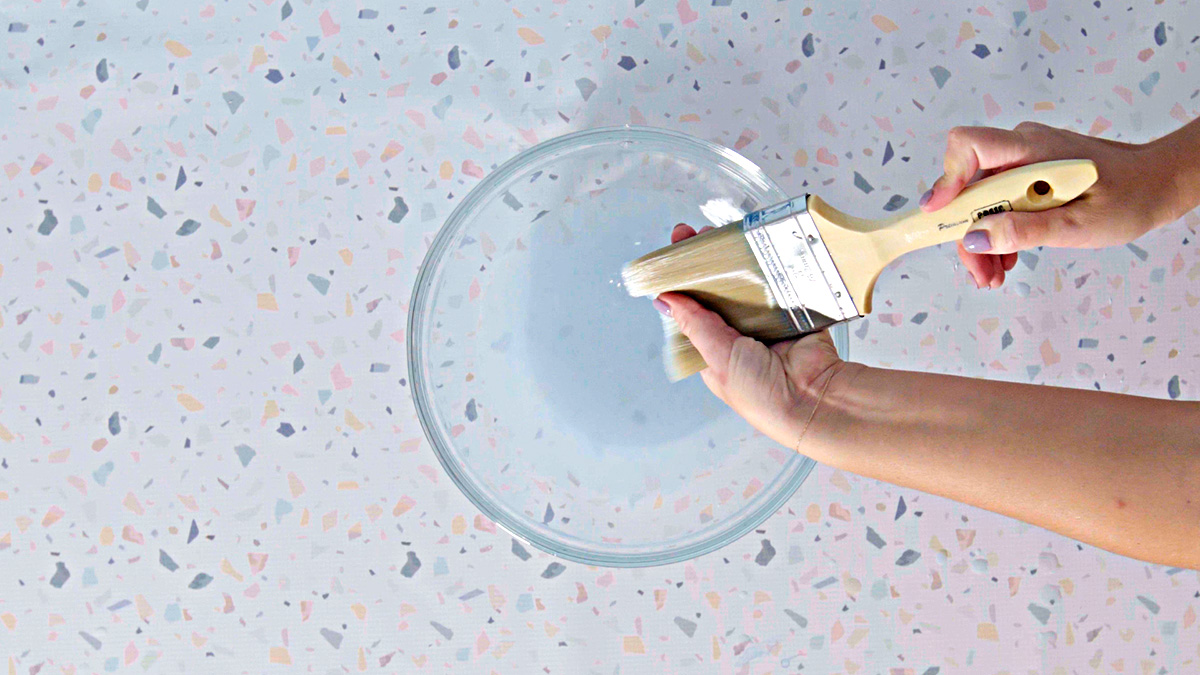


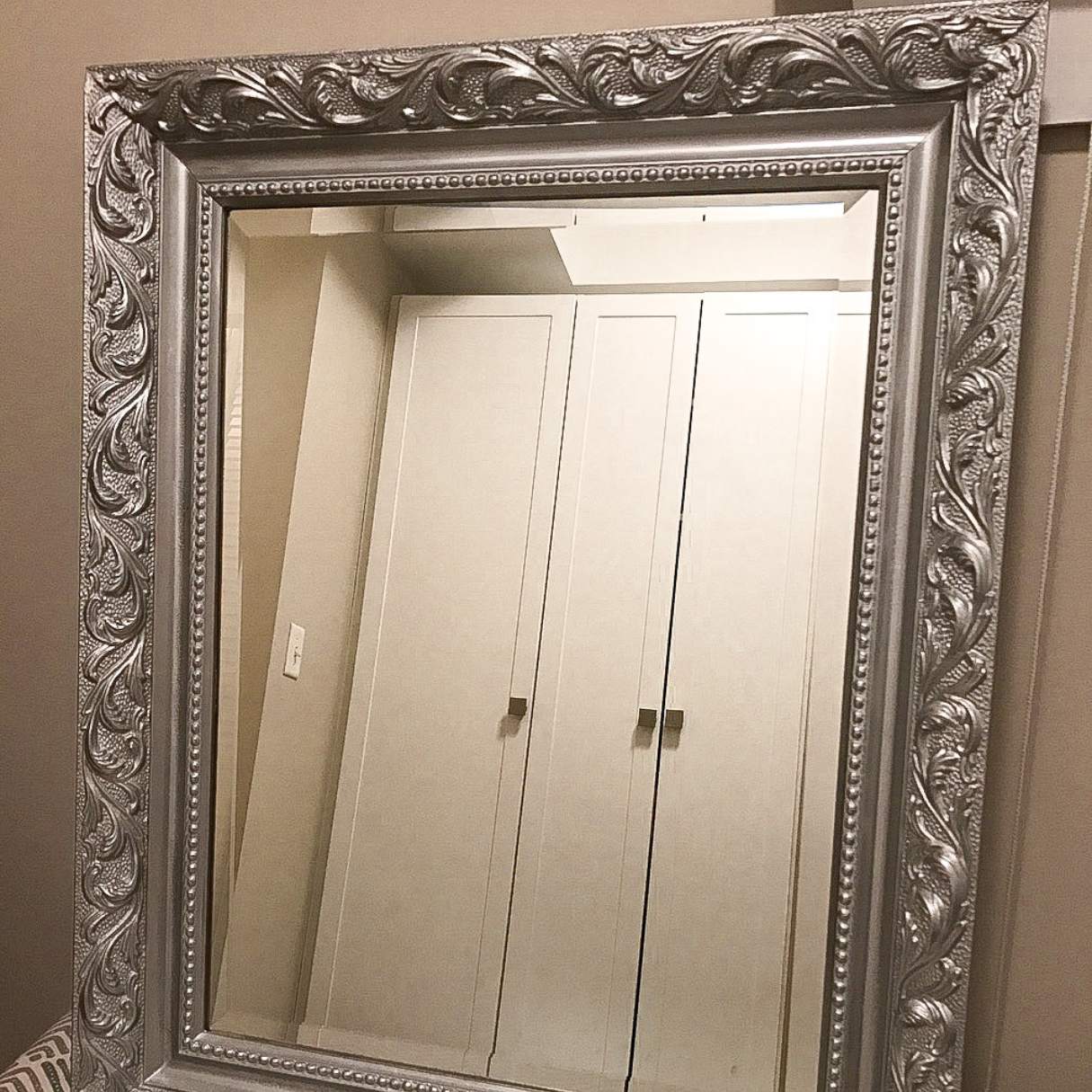
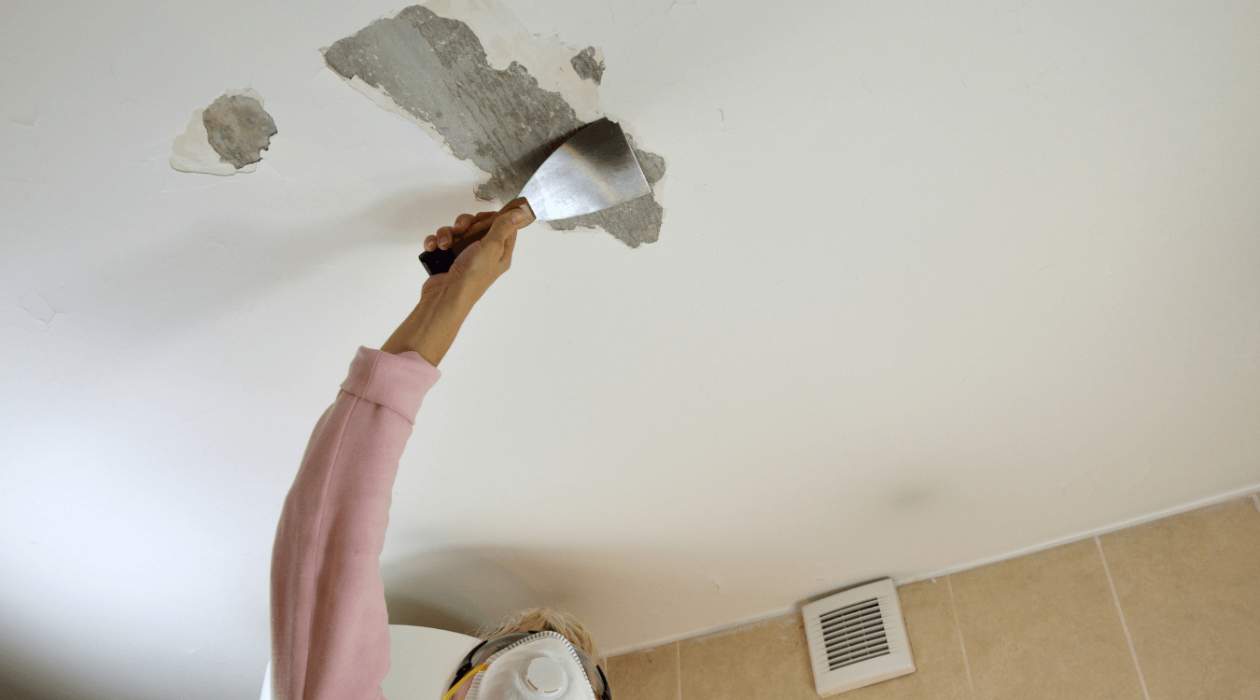

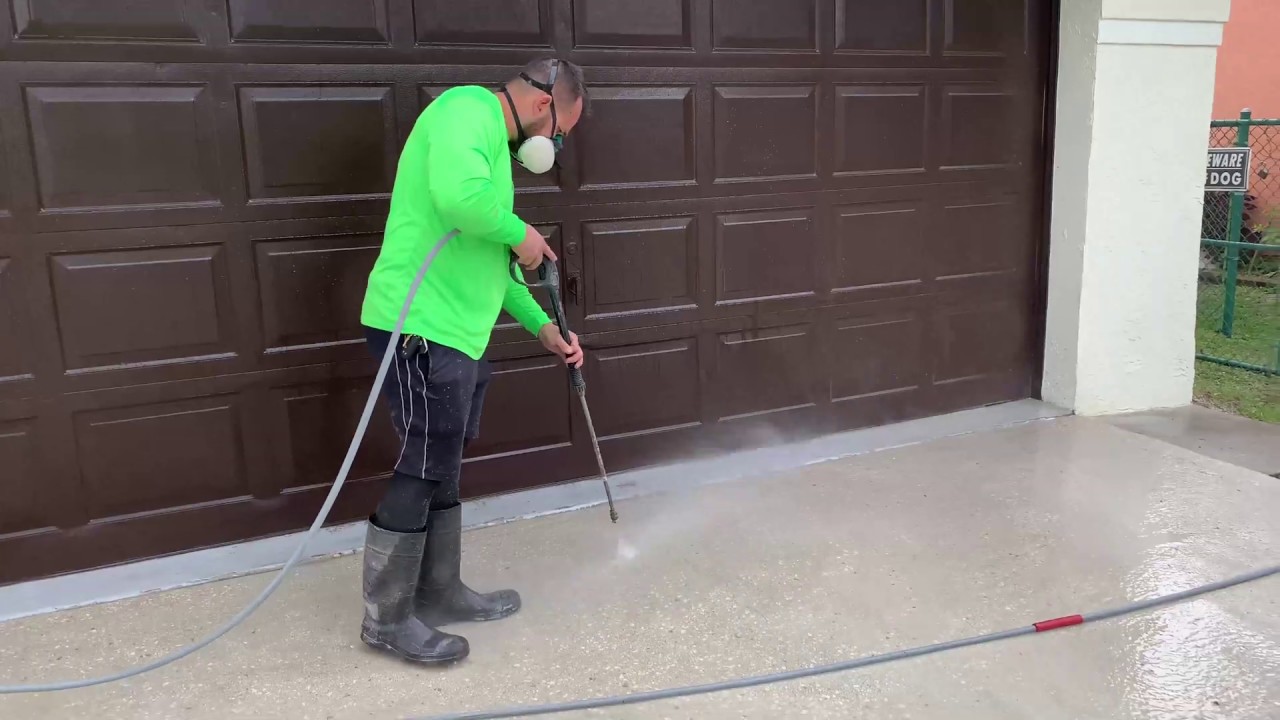
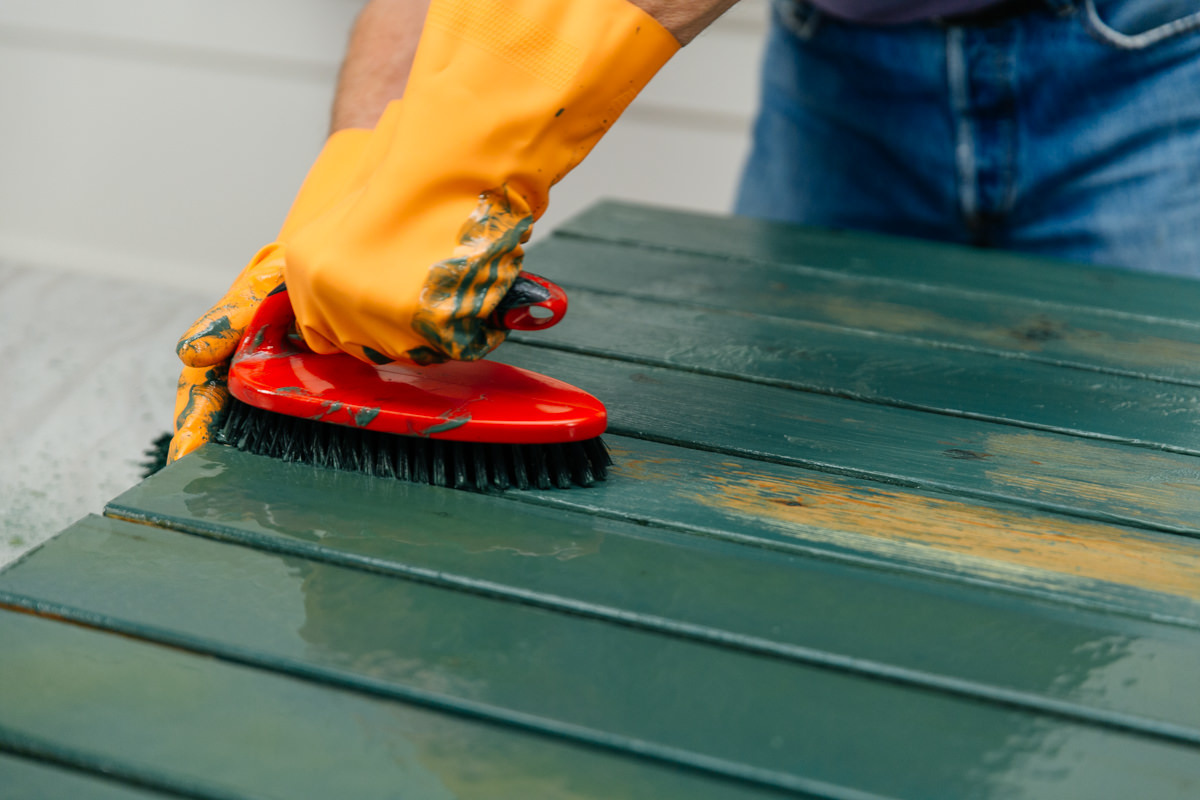
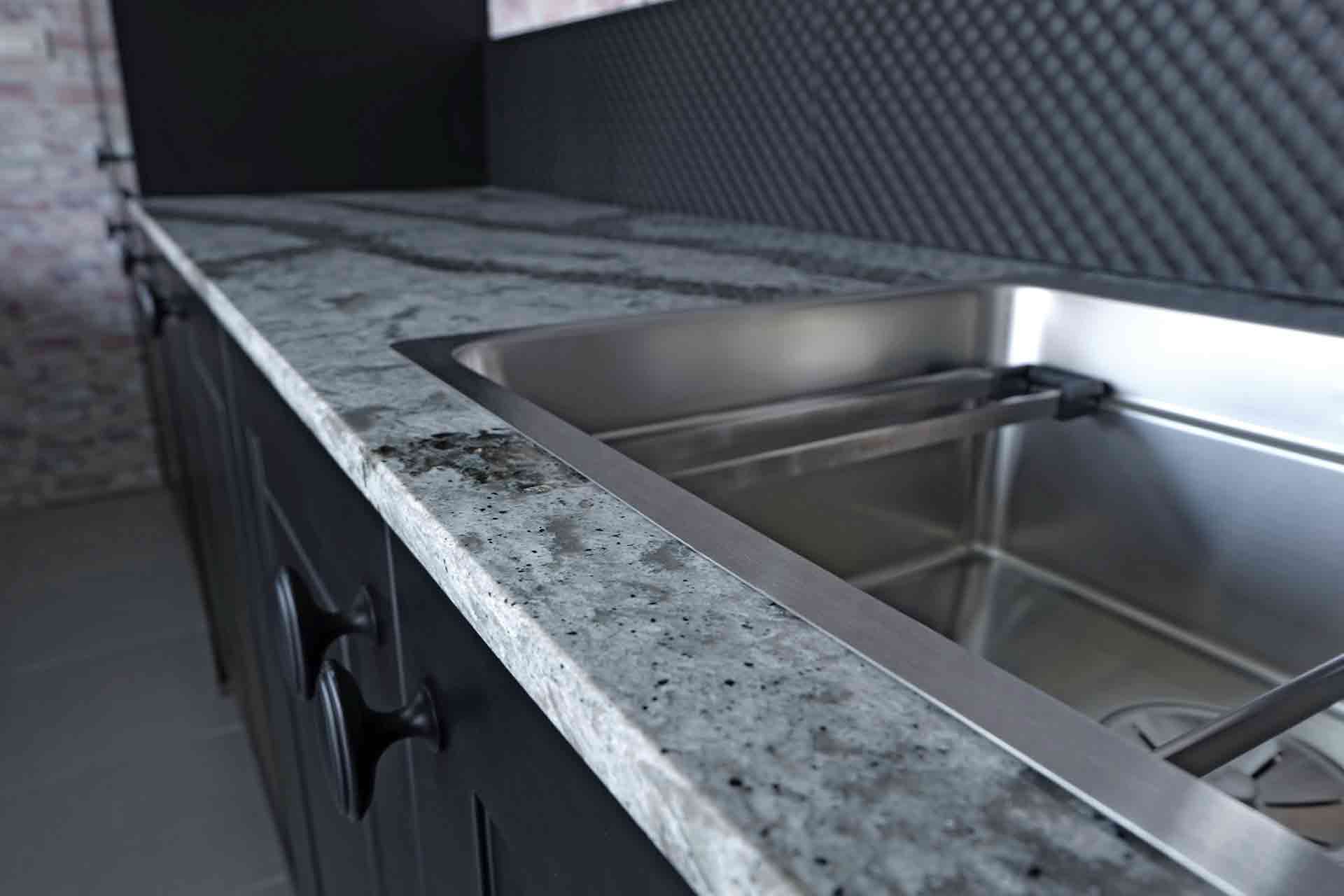
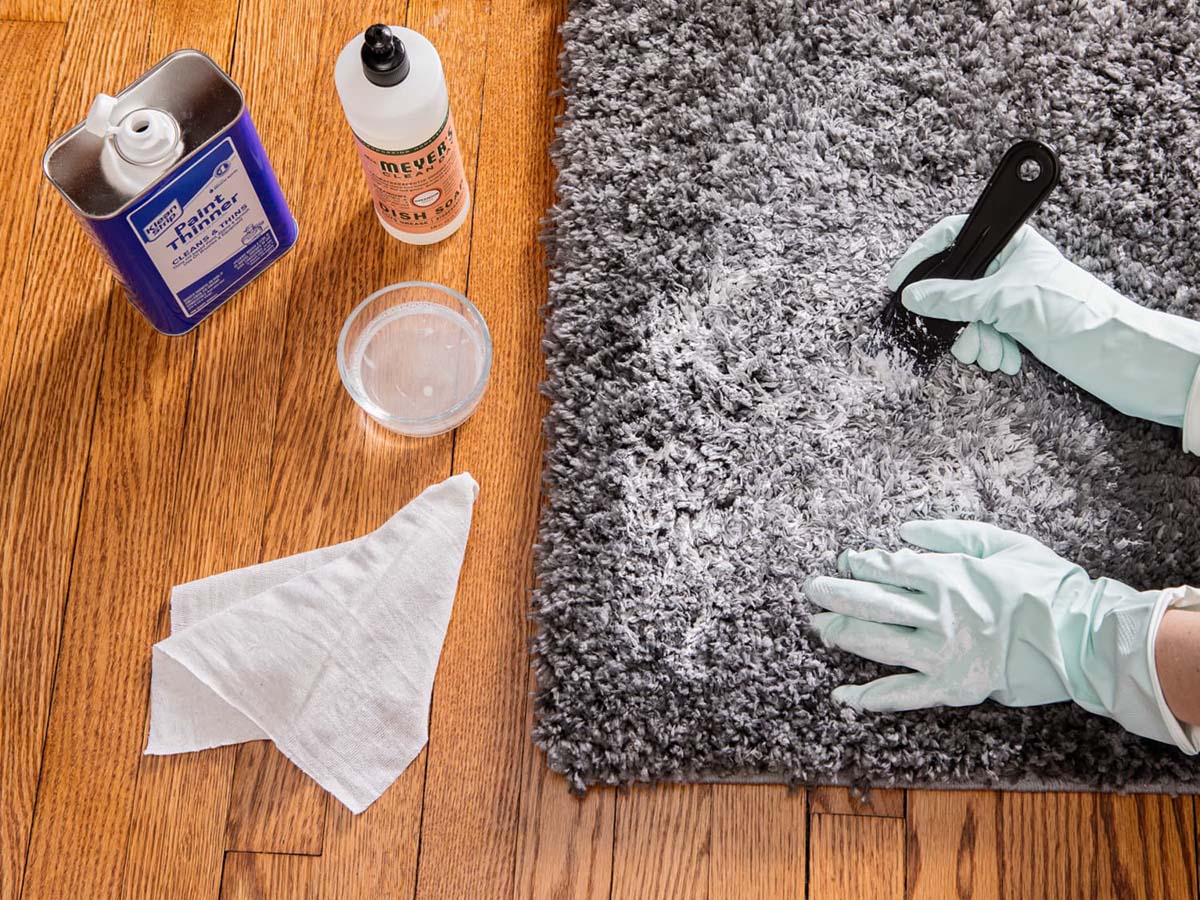
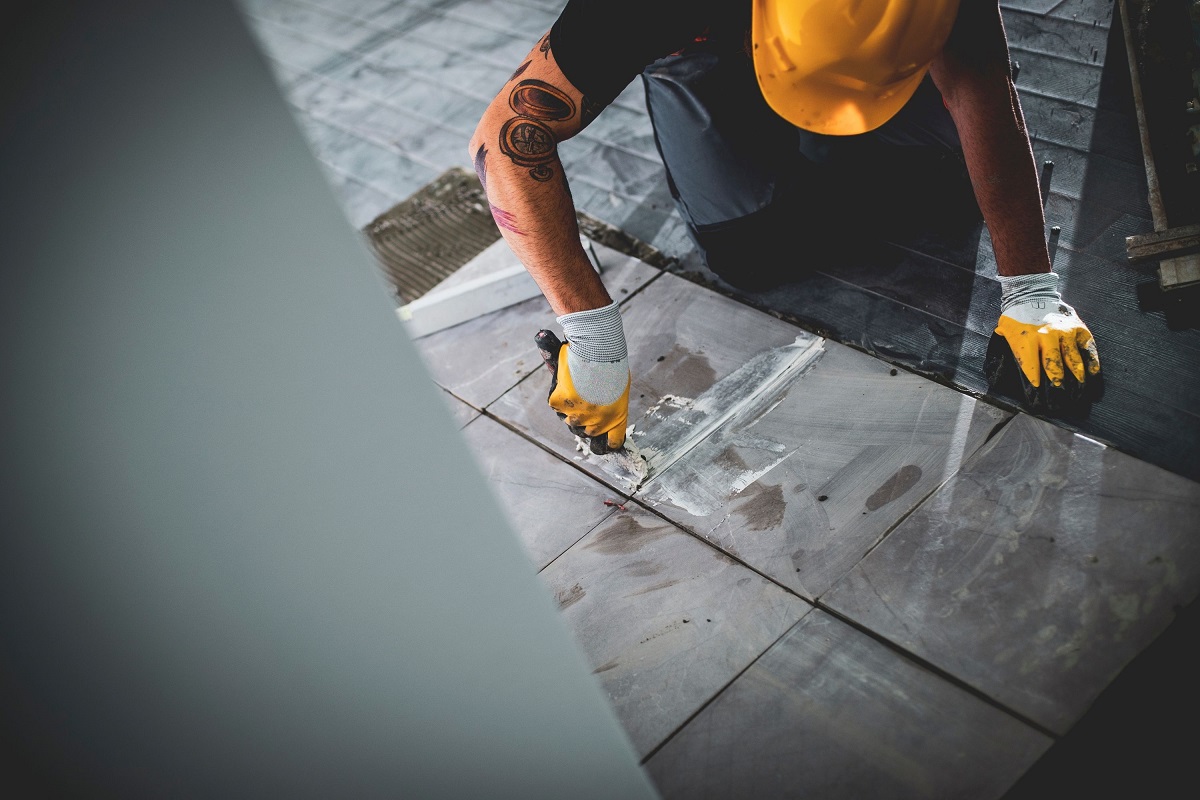
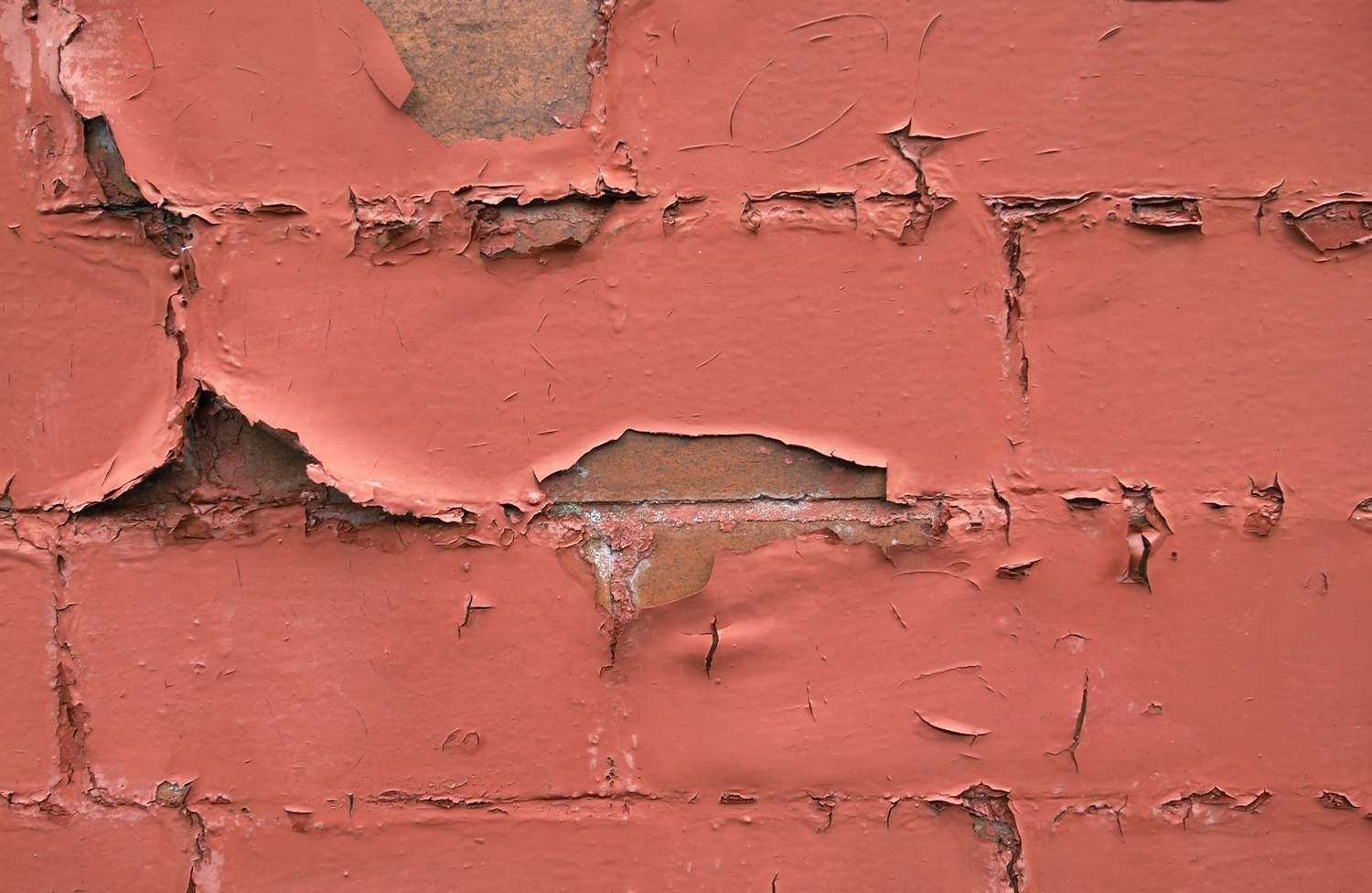
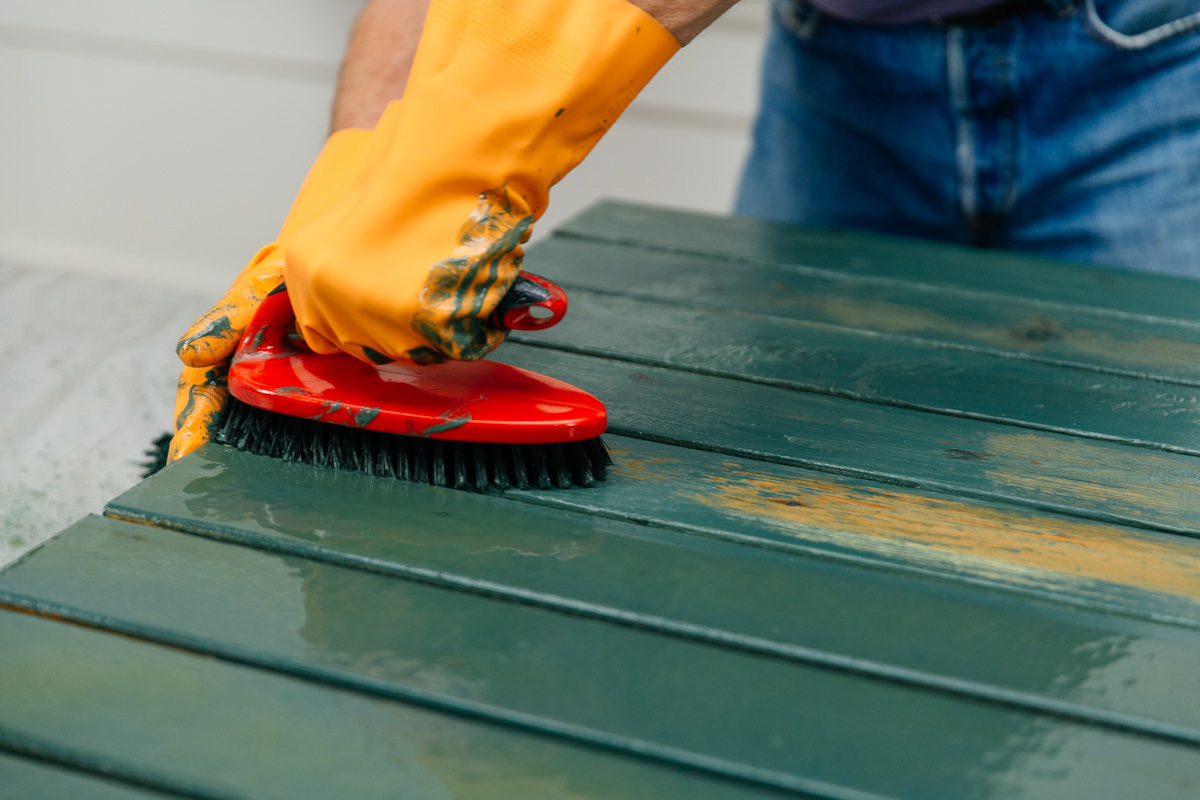


0 thoughts on “How To Get Paint Off Countertops”